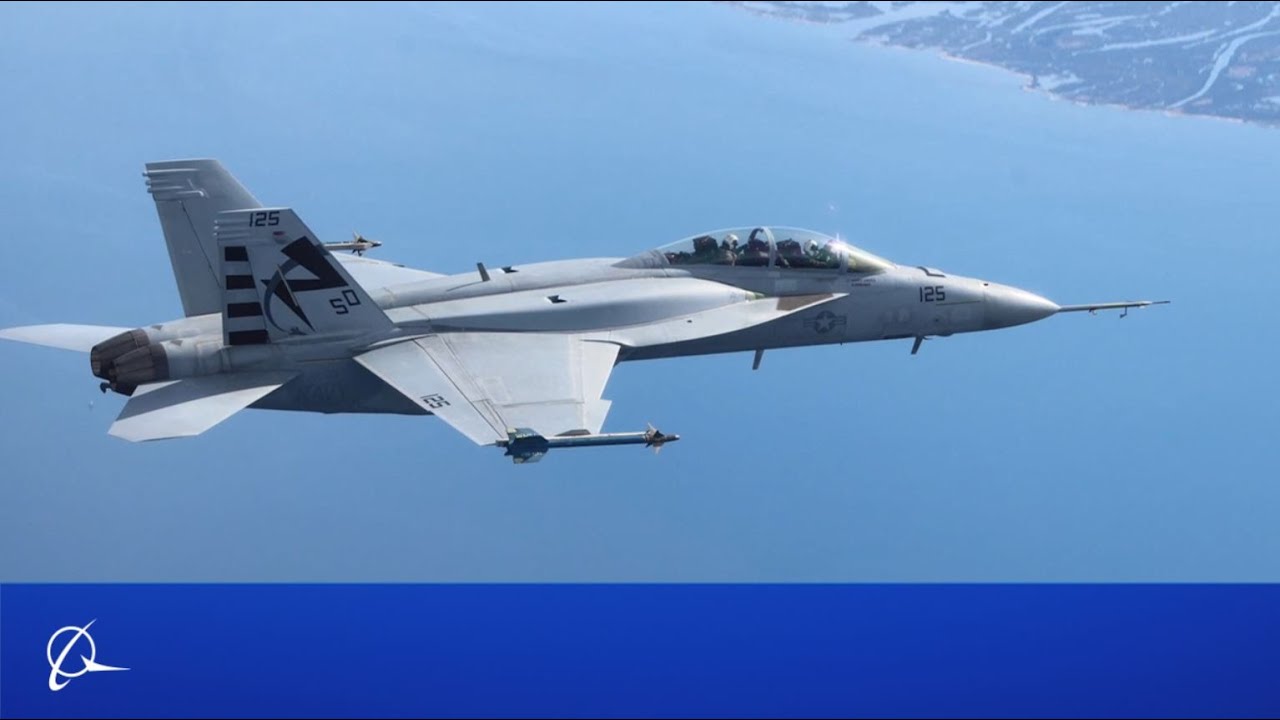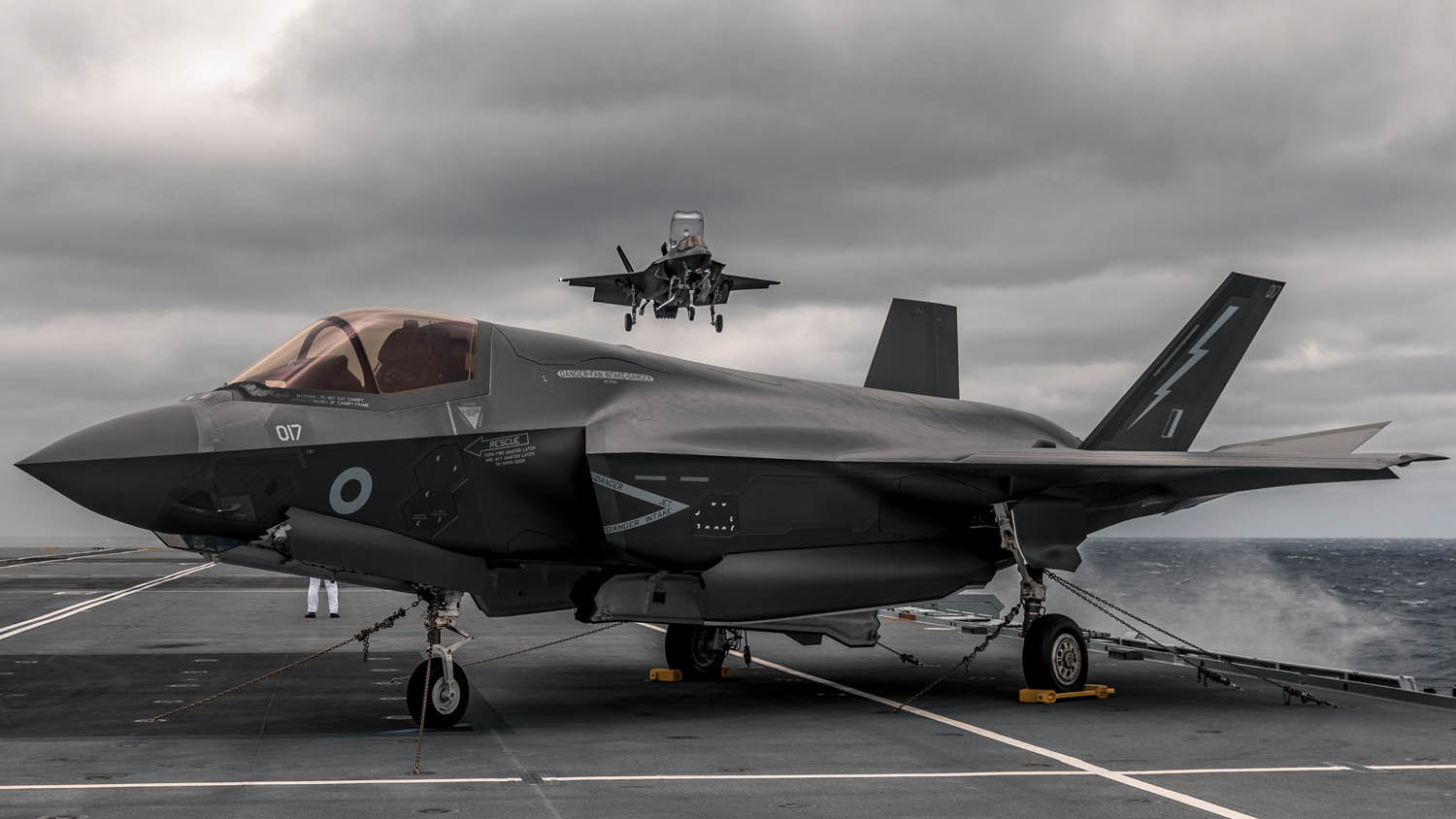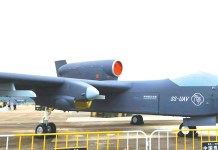A F/A-18E Super Hornet that was blown off the deck of an aircraft carrier into the Mediterranean Sea in July has been recovered, the US Navy announced on August 8.
According to the service, the Super Hornet was found on the ocean floor at a depth of about 9,500 feet. It will now be shipped to a military facility in the region that has not yet been revealed before being brought back to the United States.
Embarking on the Multi-Purpose Vessel (MPV) Everest on August 3, a salvage team comprising American personnel from US Naval Forces Europe and Africa, US Sixth Fleet’s Task Force 68, Naval Sea Systems Command’s Supervisor of Salvage and Diving (SUPSALV), the Truman, Naval Strike Fighter Wing Atlantic, as well as contractors, retrieved the Super Hornet.

In its preliminary investigation, the Navy stated that on July 8, a single-seat Super Hornet assigned to Carrier Air Wing 1 aboard the USS Harry S Truman (CVN-75) was knocked off the carrier’s deck.
The service claimed that “unexpected heavy weather” was the immediate cause at the time. However, a thorough investigation into the circumstances surrounding the loss of the aircraft had already been started.
“The rapid response of the combined team, including SUPSALV and Phoenix International personnel, allowed us to conduct safe recovery operations within 27 days of the incident,” Lt. Miguel Lewis, a US Sixth Fleet salvage officer, said in a statement.
“Our task-tailored team operated safely and efficiently to meet the timeline. The search and recovery took less than 24 hours, a testament to the team’s dedication and capability,” he added.
CURV 21 – Remotely Operated Vehicle
The CURV-21 remotely operated vehicle was used to attach specialized rigging and lift lines to the fighter jet, as per the US Navy statement. The aircraft was raised to the surface and hoisted onto Everest using a lifting hook fastened to the rigging.
The Navy frequently uses CURV-21s to assist in the recovery of sunken aircraft, including the historical recovery of an MH-60S Seahawk helicopter from a depth of roughly 19,075 feet. In January 2020, that helicopter crashed into the Pacific Ocean off the Okinawa coast of Japan.
The CURV-21s can also be equipped with sonars and cameras to assist in finding and further exploring objects of interest on the seafloor. The recovery efforts also highlight the US Navy’s capacity to conduct international deep-water search and recovery operations.
This incident related to the F/A-18 is the third time in less than a year that the Western navy has had to send in additional resources to recover a carrier-based fighter from the water.
In 2021, an F-35B was ditched in the Mediterranean by a British pilot flying from the UK carrier HMS Queen Elizabeth. In Jan 2022, a US Navy pilot bailed out of an F-35C strike fighter that slammed on the deck of the carrier USS Carl Vinson and bounced off into the South China Sea.

Concerns Relating To Such Incidents
The F/A-18 Super Hornet platform is among the best naval fighters in the USA’s arsenal. So, the recovery of the jet is crucial as it incorporates many electronic parts that the US wants to keep a secret.
For instance, a British F-35B Joint Strike Fighter that had fallen into the Mediterranean in 2021 was quickly recovered. The fast recovery efforts were primarily motivated by concerns that the Russian government might use its specialized underwater salvage capabilities.

The possibility existed that other potential adversaries could have obtained sensitive information by even a piece of the jet. The F/A-18 is also fitted with many tactful technologies like a radar system, electronic warfare suite, data sharing system, and software system.
Moreover, this fighter jet has also undergone numerous upgrades since the service intends to use the jet as an essential part of its carrier air wings for many years. Therefore, there would be severe operational and technical security risks if any of this ended up in the hands of a foreign, potentially hostile power like Russia.
There is a chance that the Super Hornet may have also been carrying live missiles when it crashed into the Mediterranean.
Truman has been conducting almost all of his operations in the Mediterranean Sea since December 2021. Nevertheless, the US Navy can put worries to rest, realizing that one of its Super Hornets has surfaced from the ocean floor.
- Contact the author at ashishmichel@gmail.com
- Follow EurAsian Times on Google News




